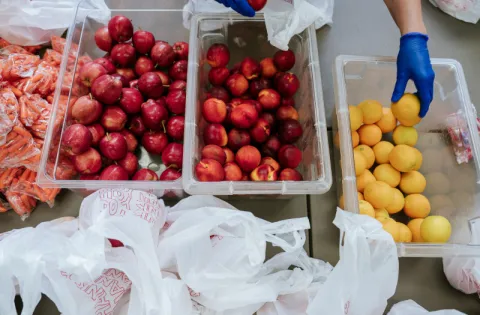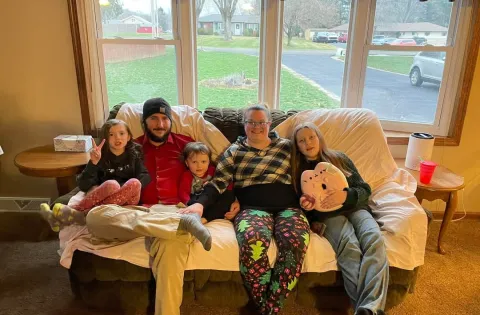61% of Pennsylvanians oppose cuts to SNAP. It’s time for policymakers to listen to their constituents and prioritize this critical program that serves as a lifeline for so many Pennsylvanians.
In the face of rising food prices and a growing economic divide, the Supplemental Nutrition Assistance Program (SNAP) is more critical than ever for millions of Pennsylvanians. A recent statewide study reveals just how much the people of Pennsylvania value SNAP and how strongly they oppose any cuts to the program.
In fact, 61% of residents oppose cuts to the program, with over half (51%) strongly opposed—a clear signal that Pennsylvanians understand that SNAP is a hand up, not a handout.
Support for SNAP spans political lines and geography. About 80% of residents say SNAP is essential to ending childhood hunger, including 77% of rural Pennsylvanians and 65% of Republicans.
The message from this survey is loud and clear: if we want to end child hunger and help families keep up with the cost of living, protecting SNAP isn’t just important—it’s essential. As the cost of living continues to climb, especially grocery prices, cutting SNAP benefits would worsen an already difficult situation for kids and families
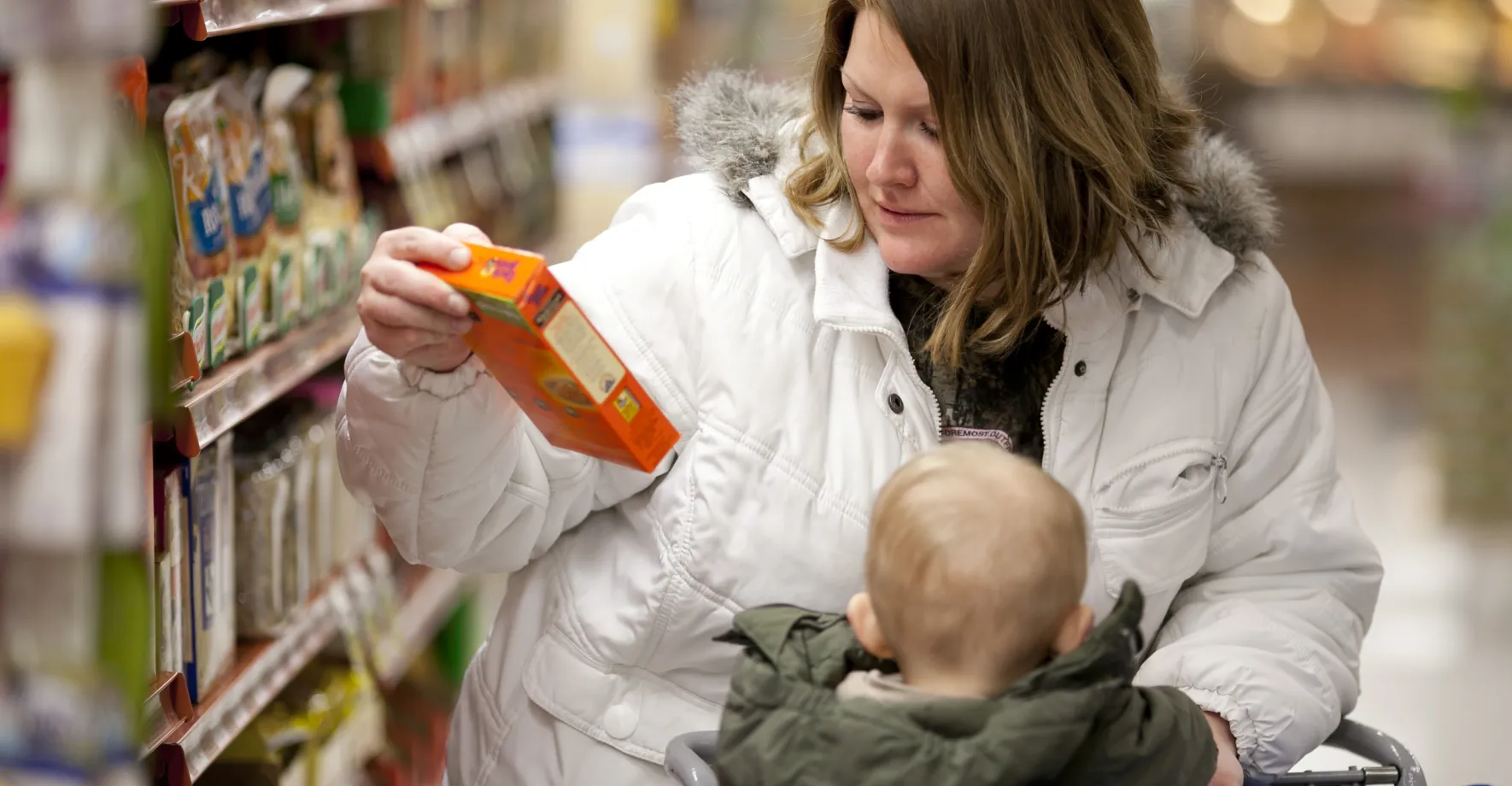
The numbers don’t lie: a strong majority (63%) of Pennsylvanians hold a favorable view of SNAP. This broad support reflects a growing recognition of the program’s importance, especially in rural areas. An overwhelming 66% of Pennsylvanians, including 65% of rural residents and 52% of Republicans, believe that SNAP has a positive impact on local economies, helping businesses by increasing consumer spending. These findings show that SNAP continues to enjoy strong bipartisan support among Pennsylvanians.
It makes sense why. SNAP is a critical lifeline for families across Pennsylvania. Nearly two-thirds (64%) of PA families who participate in SNAP use it to buy more protein-rich foods like meat, fish, and eggs—key sources of nutrition that are increasingly out of reach as prices climb. For over half (56%) of the state’s SNAP participants, the program helps them to purchase more fresh fruits and vegetables, ensuring they can feed their families nutritious meals in a time of growing food insecurity.
“[SNAP] provides our basic foods like fruits and veggies, meats and dairy and some of the items we try to buy in bulk,” said one dad from Cumberland County. “Losing these benefits would send us back 10-15 years income-wise.”
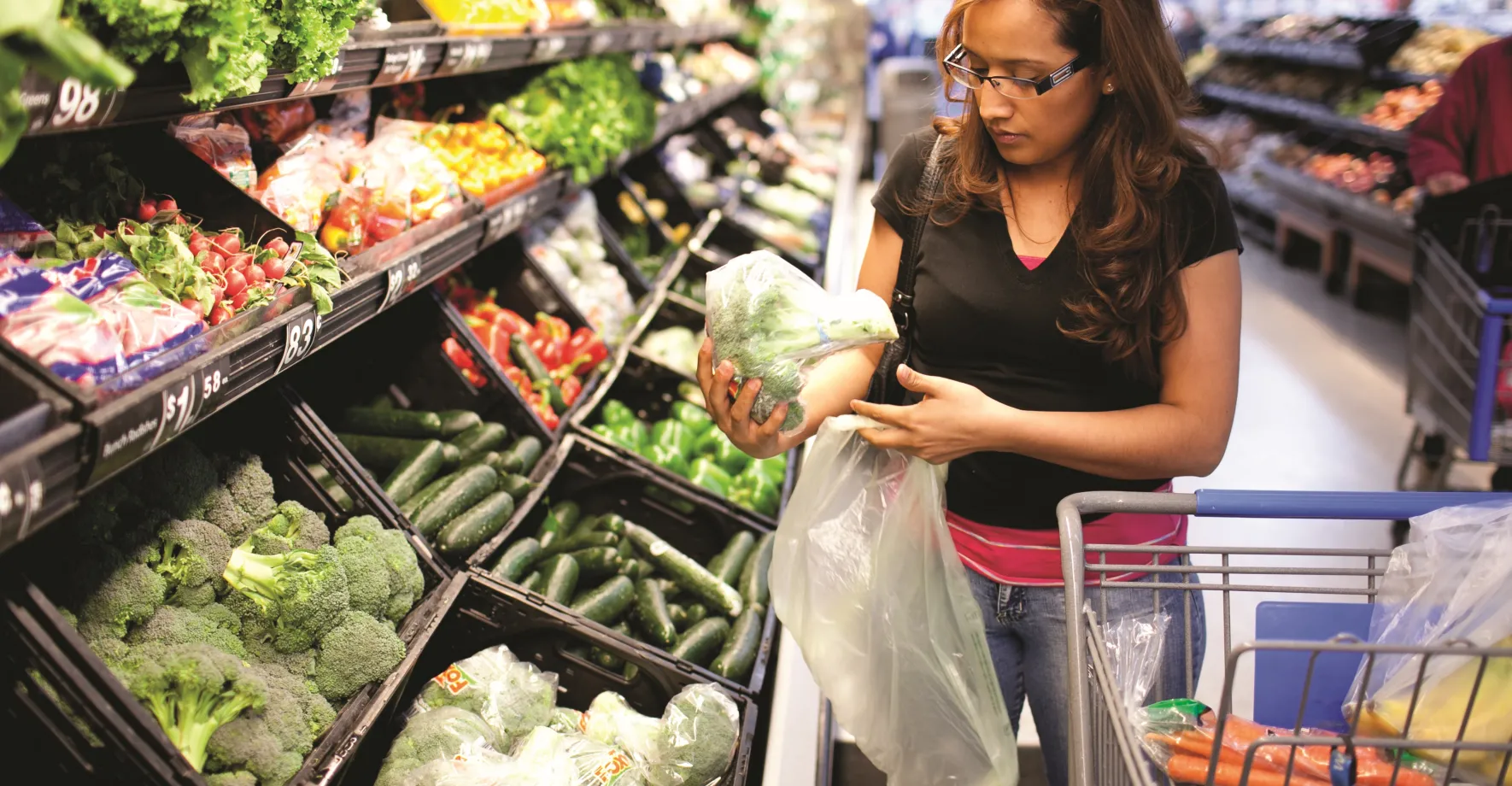
But SNAP’s impact stretches far beyond the grocery store—it also helps families manage other essential expenses. More than half (59%) of SNAP recipients report that the program has allowed them to pay for other basic necessities like rent and utilities, providing a much-needed buffer against the rising cost of living. Without SNAP, many would face even deeper financial hardship, leading to increased debt and further stress on household stability
One mom in Erie County said that without SNAP, “I’d have more shut off notices because making sure my kids had food is important.”
For many, the rising costs don't just pinch—they cause lasting financial strain, with rising food prices outpacing incomes in Pennsylvania. A striking 86% of residents say food costs are rising faster than their incomes. This disparity is especially pronounced in rural communities, where 92% of residents report that they’re struggling to keep up with food prices.
“We are struggling to get by,” a mom from Monroe County said. “If we didn’t have SNAP I don’t know how we’d afford food at all.”
The financial strain is evident, with more than half (56%) of Pennsylvanians saying their debt has increased in the past year, largely due to food costs. As families rack up credit card bills just to feed their children, their overall financial health and well-being suffer. For 49% of households, the rising costs of food have negatively impacted their health and quality of life, with many struggling to ensure they have enough nutritious food to eat.
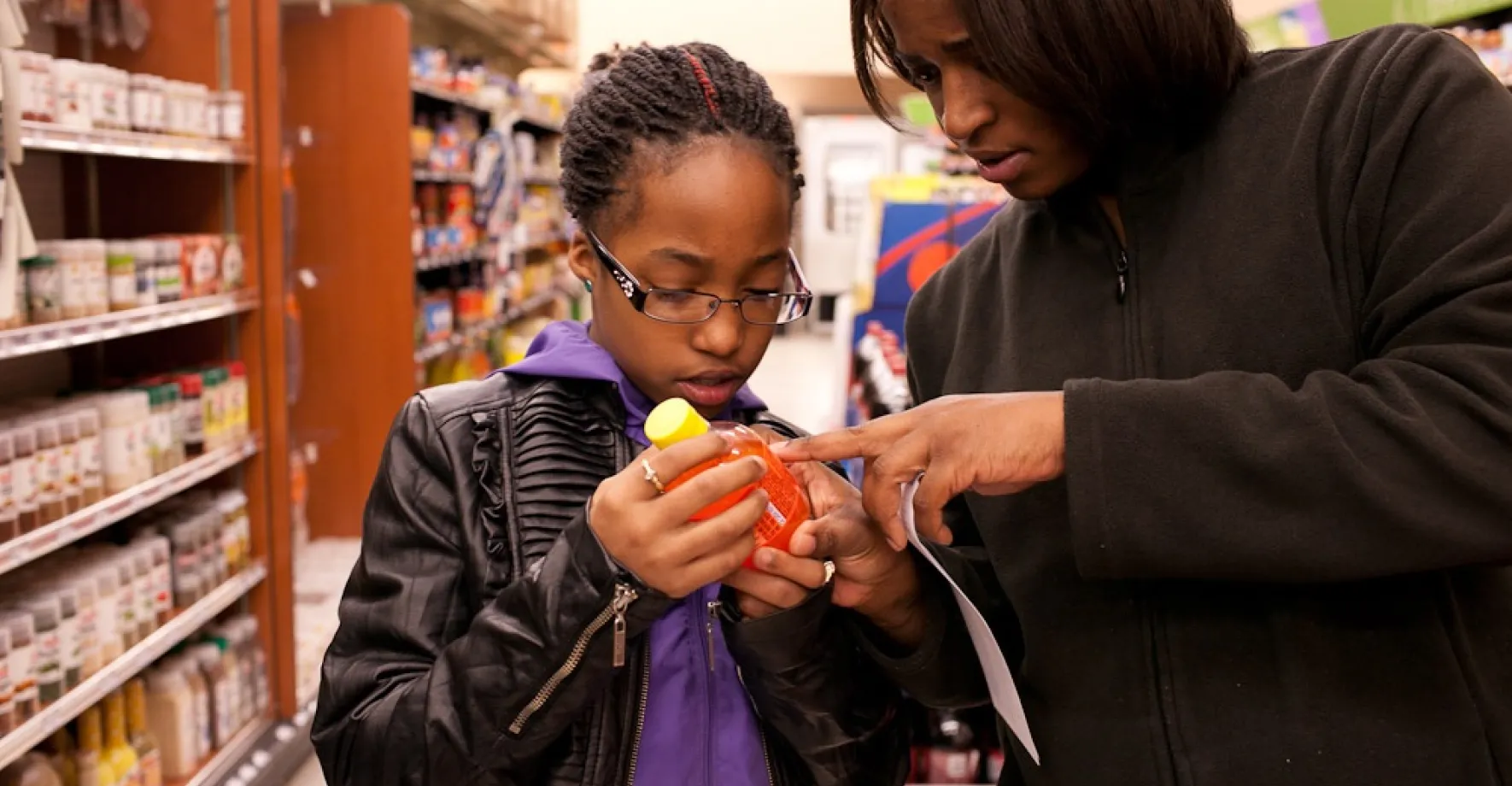
Behind all of these statistics is a family trying to put food on the table. Whether it's a parent skipping meals so their kids can eat, or a household choosing between groceries and rent, SNAP is often the thin line between stability and crisis.
Pennsylvanians have spoken—and they’ve been clear: SNAP is not just helping families get by; it’s helping them build better, more stable lives. It’s time for policymakers to listen to their constituents and prioritize this critical program that serves as a lifeline for so many Pennsylvanians.

